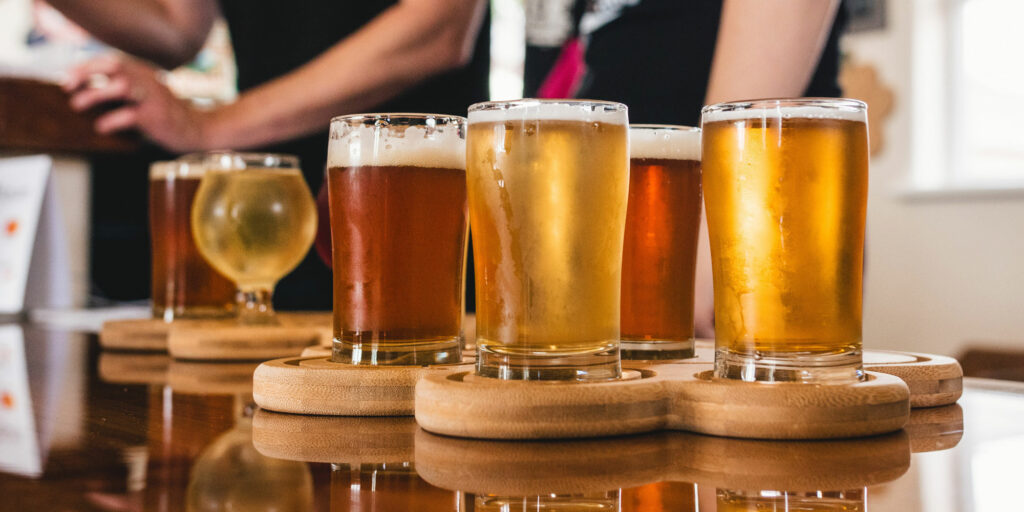
Beer is beer, right? Whether it’s a home brew or a large macro beer brand. They all have the same ingredients and use the same prosses. But what does a beer cost? More importantly, what is its value?
Let’s examine the three options we see as key to answering this question. Beer takes many forms and styles, but we are separating it into Macro Beer & Independent Craft Beer and Home Brew Beer, of course.
- Macro beer is a commercial beer factory multinational that churns out incredible production volumes on a massive scale.
- Independent craft is your local craft breweries that produce on a small scale.
- Homebrew is where you brew a small batch of beer at home. Normally for personal consumption and not for sale.
The production price of each unit will vary dramatically. Buying power and ability to produce beer in huge volumes make it impossible for small independent brewers to compete on price. The options for a home brewer will also require some investment in the equipment. Over time it gives the option to save significant sums of money.
What we do look at when discussing what a beer cost is to actually homebrew and produce your own beer. If you are interested in brewing your own, the Geterbrewed Team will be more than happy to help. Our goal is to get you to brew consistently impressive beers.
Beer has four essential ingredients: Water, Malt, Hops & Yeast. The cost of production will vary depending on the brewery and the batch size that is being made. But some parameters will be equal because they will all use Energy, Labour, and Ingredients. Beer also attracts taxes from the government. There is a duty on the alcohol content and VAT on the commercially available packaged product.

Other Factors
There are also margins that need to be considered for the brewery, the distributor and the retailer or publican. This will vary from location to location. We can work out some general rules of thumb that would be considered industry averages. A publican will work off a 70% Gross Profit margin. Independent Off Sales will work off 30%, and Distributors tend to work off 15%.
If producing below a specific limit, the independent craft brewer will benefit from duty relief and receive a 50% reduction. The small brewer’s relief scheme was introduced into the UK in 2002 to maintain diversity in the beer industry. It applies to small brewers who brew up to 5000 hectolitres of beer annually and then tapers down to 60000 hectolitres. This relief should be used to reinvest into the brewery to help with growth. However, brewers often use it to help compete with the macro beers as they have such economies of scale.
Beer production will require the operating costs or overheads to be considered. Rent or Mortgage payments on the premises, Council taxes & water rates, Equipment costs and the repayments on same. The ingredients’ quality will impact the final product’s quality. Premium quality brewing ingredients will come at a cost higher than cheap ingredients.
Breweries will have general running costs to keep the facility operational. For example, maintenance to the buildings, buildings and contents insurance, pest control contracts, electricity, gas, internet, and phone. Not forgetting labour costs for the team that makes and packages and market and sell the beer. Check out the video below, which shows what does a beer cost?